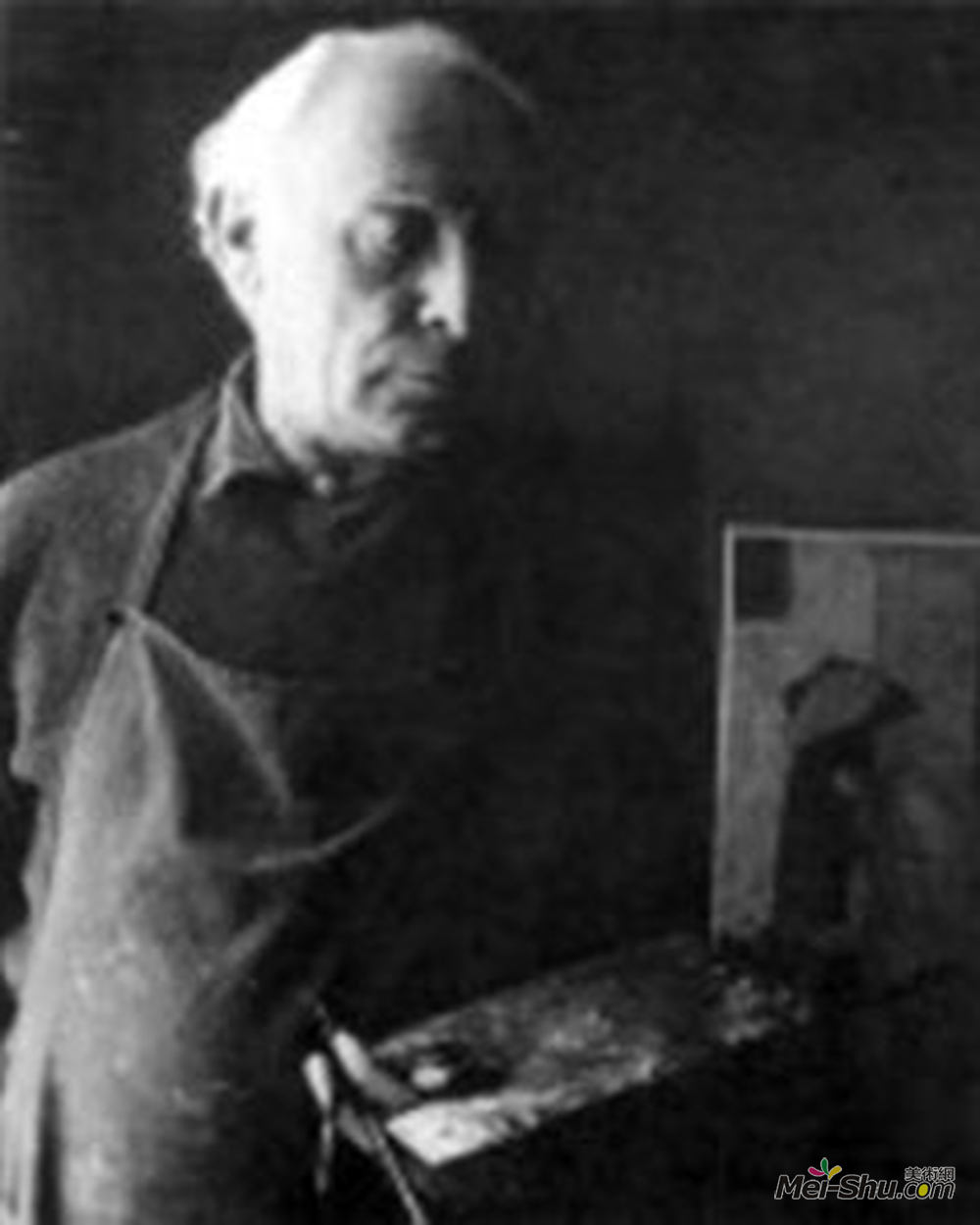
GR &;# 233 michonze肿大;(Grégoire Michonze)
艺术家: GR &;# 233 michonze肿大;
生于: 1902;基希讷乌,摩尔多瓦共和国
卒于: 1982年12月29日;法国巴黎
国籍: 法国,以色列,罗马尼亚
流派: 素人艺术(原始主义),超现实主义
领域: 绘画
Gr& goire Michonze(变名:Grigore Michonznic,1086108810861081;1086;1085;1085;1085;当时属于俄罗斯的地区,目前称为独立的摩尔多瓦共和国。从1919-1922年,米崇笃在当地的一个艺术学院学习,在那里,他画俄国偶像,学会了用蛋彩绘画的技巧。他继续在布加勒斯特画院学习,并与艺术家Victor Brauner结成朋友。1922年,米崇茜搬到巴黎,遇到了马克斯·恩斯特,后者后来把他介绍给了超现实主义者,尤其是安德·安普·布雷顿、保罗·安普·鲁德、伊夫·唐吉和安德·安普·马森。他通过在安和201中学上课,进一步深化了他的艺术研究。在此期间,Michonze会见并发展了与犹太人和201的深厚友谊,科尔德巴黎艺术家Chaim Soutine。在1934年至1936年期间,Michonze在Salon De Surnand and 233中展出;吊坠。他将这些作品描述为“超现实主义自然主义>”。迈克辛泽在战争中战斗,1943后,安顿在巴黎和39号塞纳河的演播室。他于1947年成为法国公民,1949年,法国现代艺术基金获得了他现在具有开创性的画作《收获》。他在美国逗留了一段时间,在那里他和他的密友,美国作家亨利·米勒共度时光。米崇笃还经常去以色列,在那里他展览,访问他的母亲,并重新认识自己的犹太根源。1982年12月29日,他在巴黎塞纳街的工作室死于心脏病。
Michonze主要以风景画和比喻画家著称。他的绘画作品中,绝大多数都是描写一群人——家庭、村民、农民、儿童——的作品,大多数作品都带有某种寓言或叙事。每部作品都充满了神秘感,一种隐藏的对话,增强了作品的吸引力,激发了观众的好奇心。在给英国艺术评论家Peter Stone的1959封信中,Michonze写了他的作品:";我的主体没有主题。它们只存在于诗意的终结。如果诗在那里,画布就完成了。没有历史。只有纯诗,最好是无题的&";< < /P>
Artist :Grégoire Michonze
Additional Name :Grigore Michonznic
Born : Chișinău, Moldova, Republic of
Died : Paris, France
Nationality :French,Jewish,Romanian
Art Movement :Naïve Art (Primitivism),Surrealism
Grégoire Michonze (variant names: Grigore Michonznic, Григо́рий Мишо́нзник, Grogórij Mišónznik) was a Jewish painter born in the capital of Bessarabia, Romanian region then belonging to Russia, currently known as the independent Republic of Moldova. From 1919-1922, Michonze studied at a local art academy where, painting Russian icons, he learned to master the technique of painting with egg tempera. He continued his studies at the Academy of Painting in Bucharest and befriended the artist Victor Brauner. In 1922, Michonze moved to Paris and met Max Ernst who later introduced him to the Surrealists, notably André Breton, Paul Éluard, Yves Tanguy and André Masson. He furthered his art studies by taking classes at the École des Beaux-Arts. During this period, Michonze met and developed a strong friendship with the Jewish École de Paris artist Chaim Soutine. Between the period 1934-1936, Michonze exhibited at the Salon des Surindépendants. He described his work at these exhibitions as "Surreal naturalism". Michonze fought in the war and, after 1943, settled into a studio on Paris's Rue de Seine. He took up French citizenship in 1947, and in 1949, the French Fund for Modern Art acquired his now seminal canvas La moisson (The Harvest).
From 1954-1977, Michonze continued and perfected his life's work. He had extended stays in the United States where he spent time with his close friend, the American author Henry Miller. Michonze also travelled frequently to Israel where he exhibited, visited with his mother, and re-acquainted himself with his Jewish roots. He died of a heart attack in his studio at rue de Seine in Paris on December 29, 1982.
Michonze is primarily known as a landscape and figurative artist. A marked majority of his paintings include depictions of groups of people - families, villagers, peasants, children - and most works evince an allegory or narrative of some kind. Each work is imbued with mystery, a sort of hidden dialogue that enhances the appeal of the work and piques the viewer's curiosity. In a 1959 letter to the British art critic Peter Stone, Michonze wrote of his work: "My subjects have no subject. They exist only for a poetic end. If the poetry is there, the canvas is complete. No histories. Only pure poetry, preferably untitled."